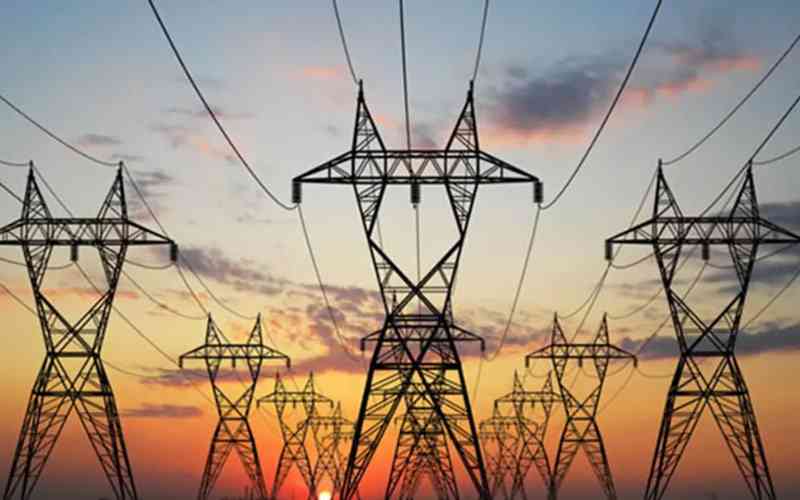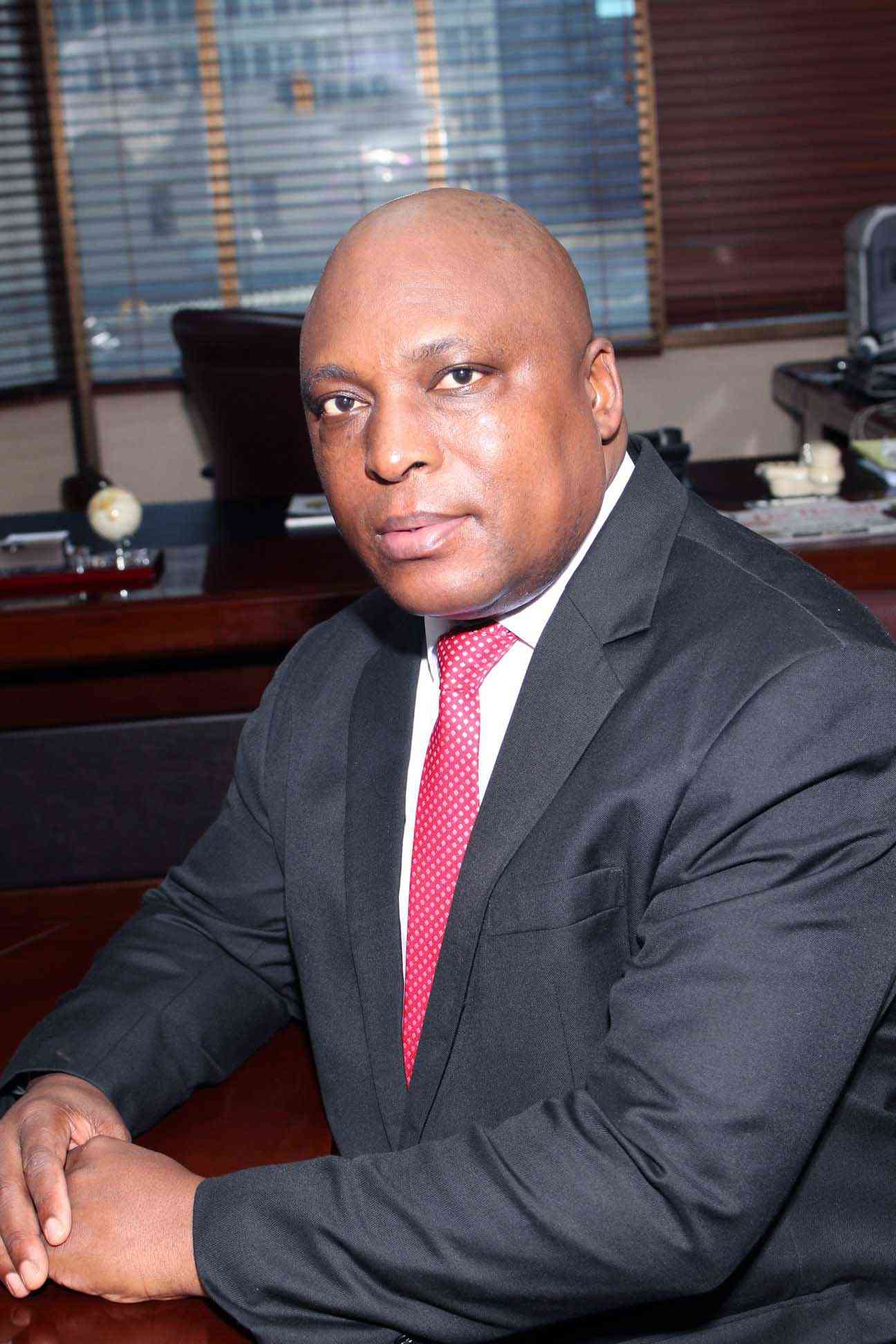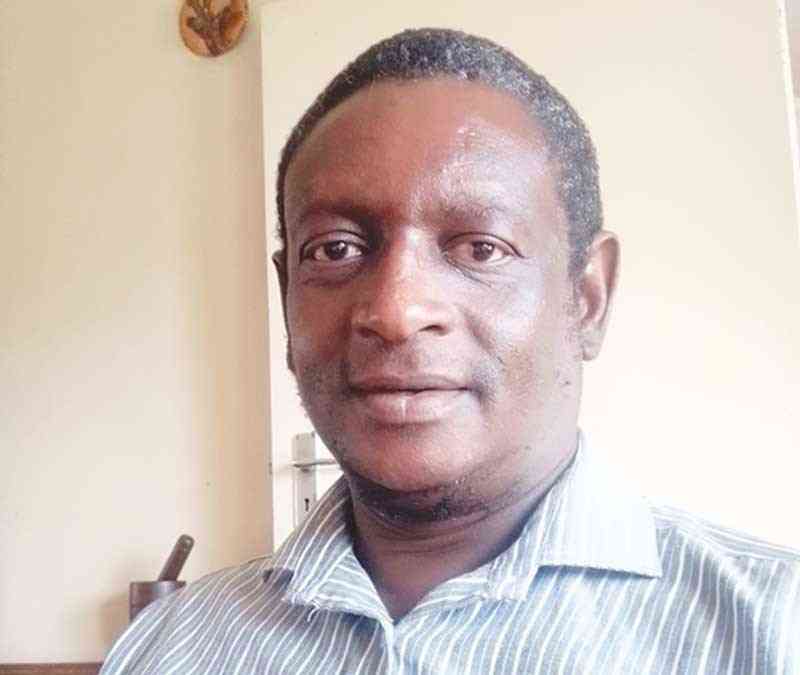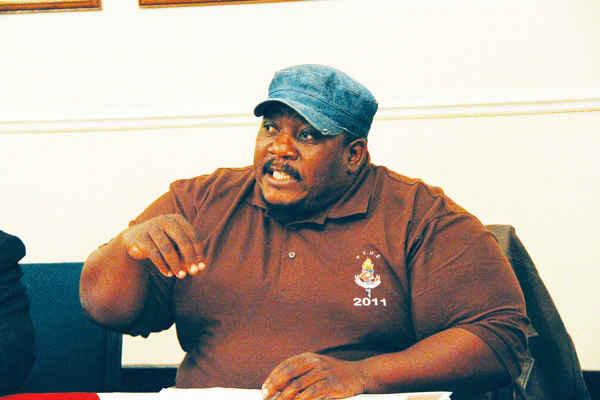
ZESA Holdings has paid US$5 million of the US$16 million required by the Mozambique power utility, Electricidade de Moçambique (EDM) to unlock a fresh import arrangement.
Zimbabwe has been reeling under rolling blackouts since the start of winter in May due to ageing power plants.
Load-shedding is worsening as some parts of the country are going for up to 19 hours without power.
“Amongst the many mitigation measures being taken to address this urgent and critical shortfall, the power utility is in discussions with Mozambique power utility, EDM to reinstate 50MW firm power and 150MW on a non-firm basis.
“The utility is pleased to advise that of the US$16 million required by EDM, ZETDC (Zimbabwe Electricity Transmission and Distribution Company) has already paid US$5 million to EDM to facilitate and unlock this import arrangement. This is expected to ease load-shedding by 200MW immediately,” Zesa said through its subsidiary, ZETDC.
The Zimbabwe Power Company (ZPC) is believed to have made grave mistakes by ignoring valuable advice from the Zambezi River Authority (ZRA) to stick to 550MW generation electricity at the Kariba South Hydro Power Station.
Now, the miscalculated decision by ZPC has thrown the nation into the darkness with load-shedding stretching for about 19 hours.
The industry has not been spared and there are indications that it is experiencing massive depressed sales of up to 30% coupled with surging costs of production of about 20% as increased power cuts continue to dampen industry growth prospects.
- Low tariffs weigh down ZETDC
- ‘Systems disturbance hits Hwange Power Station’
- Ex-ZBC staffer, MP appeal dismissed
- Zesa doubles power charges
Keep Reading
Power generation at the Kariba South Hydro Power Station has gradually been declining to reach a low of 200MW despite having an installed capacity of 1 050MW. The Kariba South Hydro Power Station provides about 70% of the country’s power requirements.
Before the crisis, Zimbabwe had a power deficit of about 1 600MW against demand estimated at 2 200MW. Thus, the country of late has been experiencing power cuts of up to eight hours daily.
“There has been depressed generation on the grid owing to depleted water levels at Kariba Dam. The total power supply currently available is ranging from 715MW to 1 200MW against an average demand forecast of about 1 650MW.
“This gives an average power deficit range of 500-900MW depending on imports availability and local generation performance. The power supply gap is being managed through load shedding to avert system collapse,” the power utility said.
Among other interventions, Zesa is banking on the commissioning of Hwange 7 and 8 power stations.
“Owing to the prevailing circumstances, the power utility has engaged stakeholders and contractors and will be speeding up the commissioning of new generators in Unit 7 and Unit 8. Unit 7 is expected to be synchronised to the grid by the end of December 2022 and should be ready for commercial operation by end of February 2023. This will add 300MW to the national grid, thus will reduce load-shedding by a significant margin,” the power utility said.
“Generator Unit 8 (300MW) commissioning is also proceeding in earnest and is scheduled to come on-stream by the end of Q1 of 2023. The two units are expected to contribute an aggregated 600MW to the national grid. Holding all other things constant, this is expected to end load shedding in Zimbabwe by mid-2023.”
The power utility also noted that it has taken advantage of the break at Kariba South Power Station to rehabilitate and maintain major equipment, in time for the full resumption of a generation when it gets a new annual water allocation from ZRA in January 2022.
Zesa has secured US$310 million for the rehabilitation and extension of Hwange Stage 1 and Stage 2 units. This is expected to unlock an additional 400MW of reliable available supplies to the grid.











